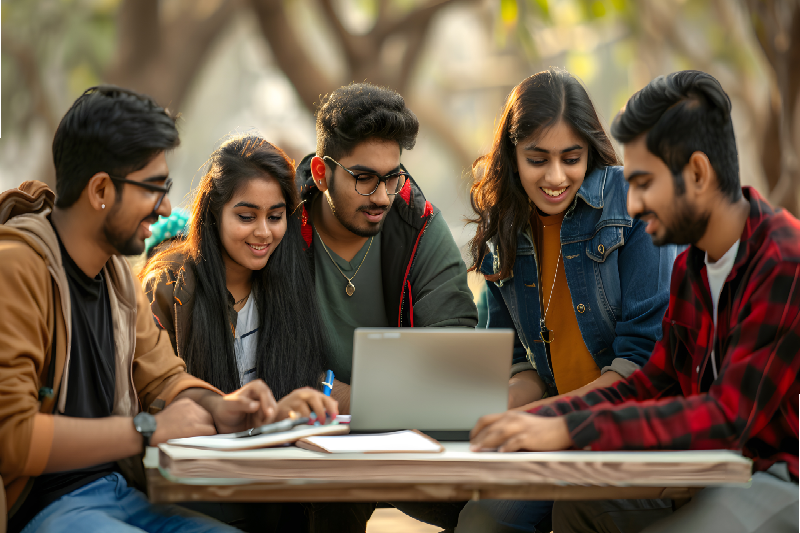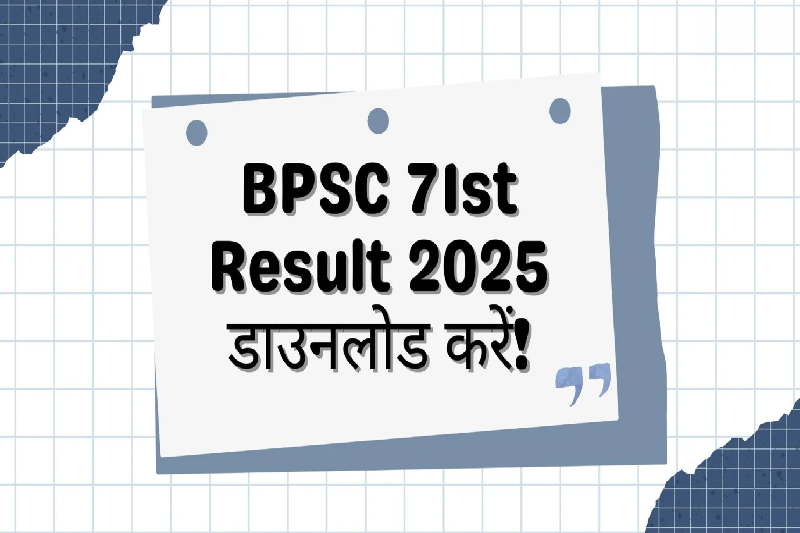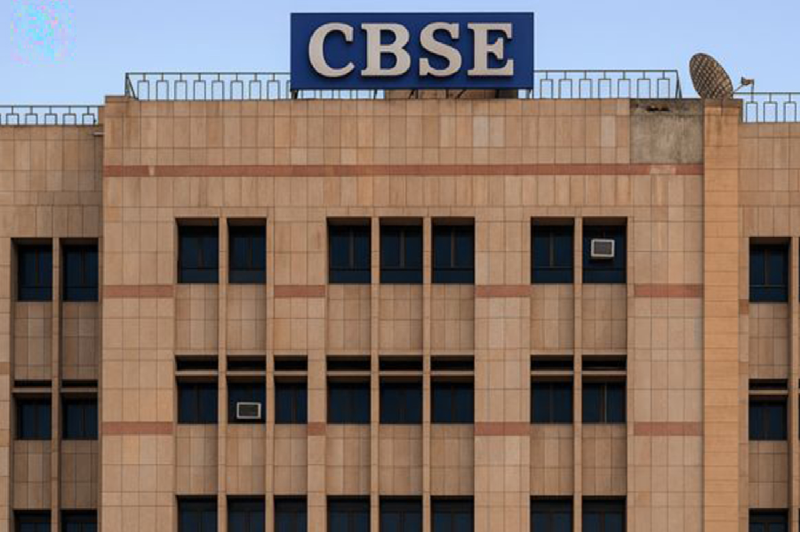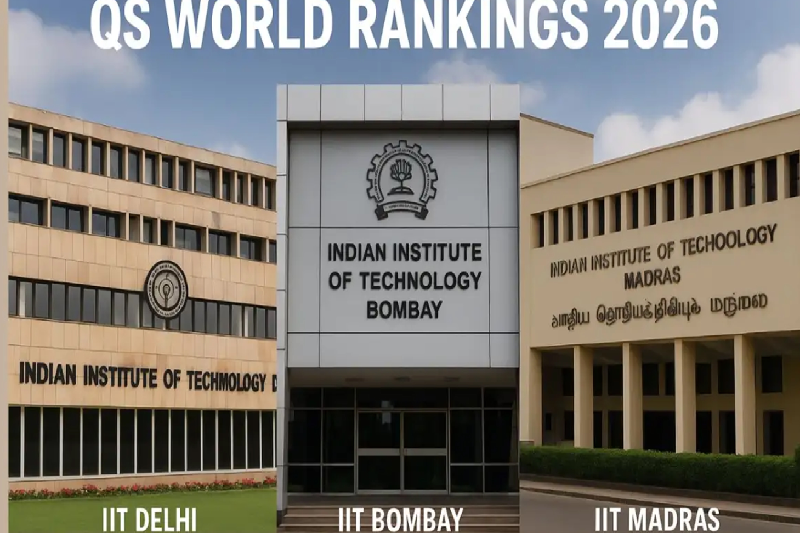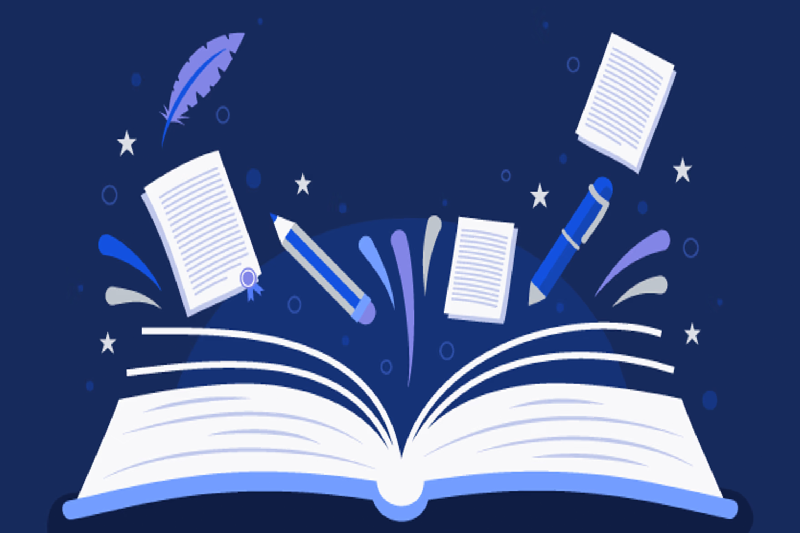
India’s Literacy Rate Rises to 80.9%: A Decade of Inclusive and Digital-Driven Progress
India has recorded a significant milestone in its journey toward a more educated and empowered society. On the occasion of International Literacy Day 2025, Union Education Minister Dharmendra Pradhan announced that India’s literacy rate has increased from 74% in 2011 to 80.9% in 2023–24. However, the Minister was quick to emphasise that while the numbers are promising, true progress lies in making literacy a “lived reality” for every citizen.
Delivering a virtual address to mark the day, Pradhan reminded the nation that literacy is more than a statistic—it is a means to dignity, empowerment, and self-reliance. The message was both a celebration of progress and a call to action, urging continued efforts to make functional literacy universal and inclusive.
Beyond the Numbers: A Vision for Holistic Literacy
While a 6.9% increase in the literacy rate over 13 years is noteworthy, Minister Pradhan framed literacy in a broader context. “Literacy goes beyond reading and writing,” he said. “It’s a foundation for self-reliance, employment, and dignity.”
He highlighted the role of literacy in building a self-confident and equitable society, especially as the nation adapts to rapid digital transformation. This message resonated strongly with this year’s global theme:
“Promoting Literacy in the Digital Era.”
ULLAS – Nav Bharat Saaksharta Karyakram: Driving Inclusive Literacy
One of the key tools behind this progress has been the ULLAS–Nav Bharat Saaksharta Karyakram, a flagship national literacy programme that has reached millions across the country. According to the minister:
- Over 3 crore learners and 42 lakh volunteers have registered under ULLAS
- 1.83 crore learners have already taken foundational literacy and numeracy assessments, with an impressive 90% success rate
- Learning materials are now available in 26 Indian languages, making the initiative one of the most linguistically inclusive literacy programmes in the world
This multilingual approach ensures that regional, tribal, and rural learners are not left behind, making the programme a powerful instrument for social inclusion and equity.
Full Literacy: States and UTs Leading the Way
Pradhan lauded the efforts of several states and Union Territories that have achieved full functional literacy, calling it a “reaffirmation of the power of collective effort.”
The following regions have now reached 100% literacy:
- Ladakh – First Union Territory to be declared fully literate (June 24, 2024)
- Mizoram
- Goa
- Tripura
- Himachal Pradesh – The latest entrant, becoming the fourth fully literate state in India
The achievement was attributed to effective collaboration between government institutions, civil society, and local volunteers, especially in hard-to-reach areas.
A Digital Era of Literacy
Joining the event, Minister of State for Education Jayant Chaudhary underlined the growing importance of digital literacy in today’s educational landscape. He noted that India’s concept of literacy has now expanded to include digital capabilities, reflecting a 21st-century understanding of what it means to be truly literate.
“India has set an example for the world, particularly the Global South, by creating robust digital public infrastructure,” said Chaudhary.
“Achievements that might have taken fifty years have been realised in just a decade through India’s digital innovations.”
This shift includes the integration of digital tools in literacy training, access to e-learning platforms, and the use of mobile apps and localised content to enhance learning outcomes. This approach aligns with global literacy goals, including UNESCO’s Sustainable Development Goal 4 (Quality Education).
The Road Ahead: Challenges and Commitments
While the upward trend in India’s literacy rate is encouraging, challenges remain. Millions still lack access to formal education, particularly in remote rural areas, urban slums, and marginalized communities. The gender gap in literacy and regional disparities also persist.
However, with sustained momentum, government backing, and community involvement, India is poised to further bridge these gaps. Programmes like ULLAS, supported by digital infrastructure, inclusive content, and grassroots volunteerism, offer a scalable solution.
The government’s goal is not just 100% literacy, but functional and digital literacy that empowers citizens in their daily lives—whether it’s navigating a digital payment system, filling out online forms, or participating meaningfully in democratic processes.
Final Thoughts
India’s literacy journey is far from over, but the progress made between 2011 and 2024 signals a strong foundation. As Minister Pradhan aptly stated, literacy is not just a number—it is a transformative force that can uplift individuals and communities alike.
With over 80.9% of the population now literate, and more than 3 crore adult learners engaged in continuing education through ULLAS, India is taking confident steps toward an empowered, educated, and digitally-ready society.
Literacy is no longer just about reading the lines—it’s about reading between them, and using that knowledge to build a better future.
